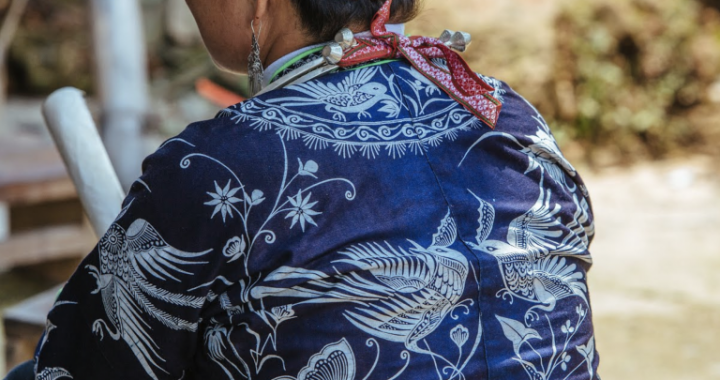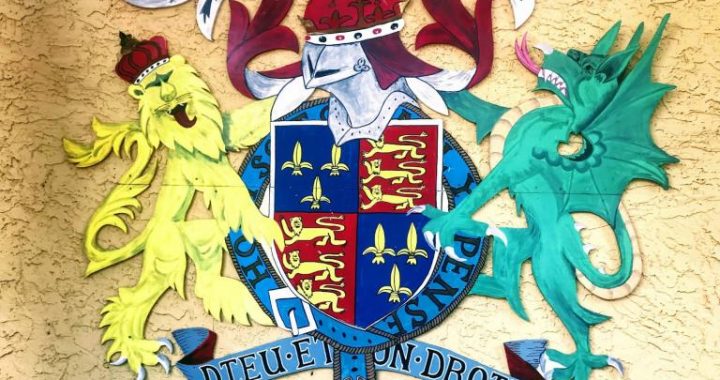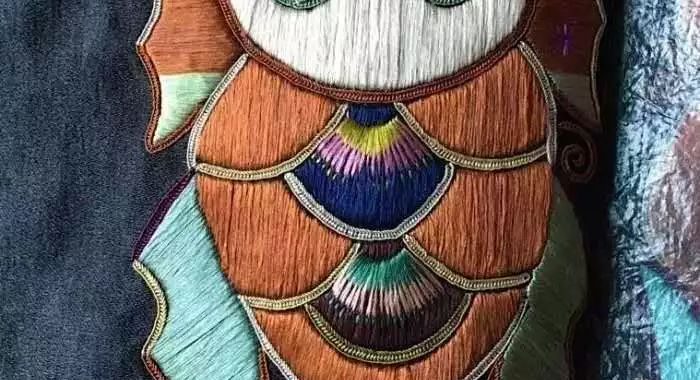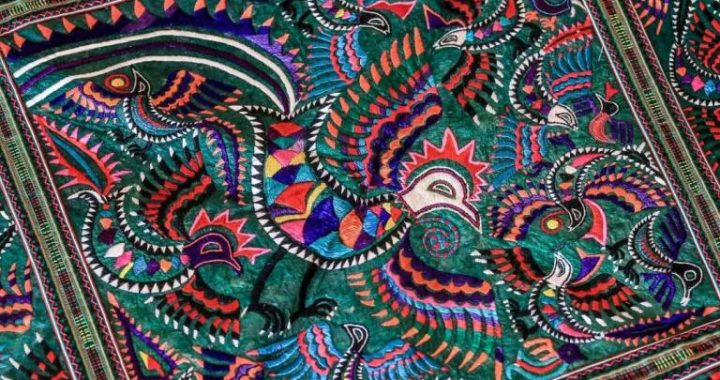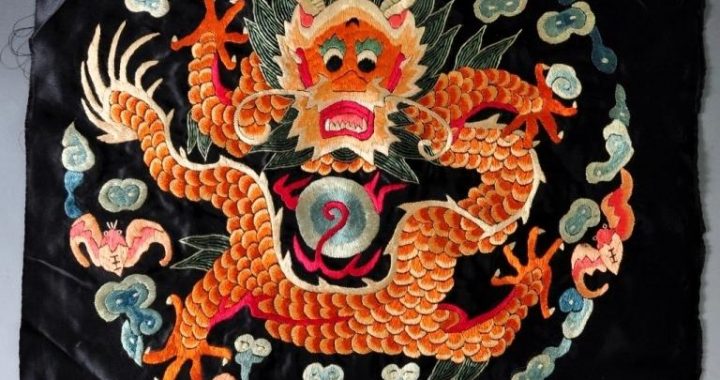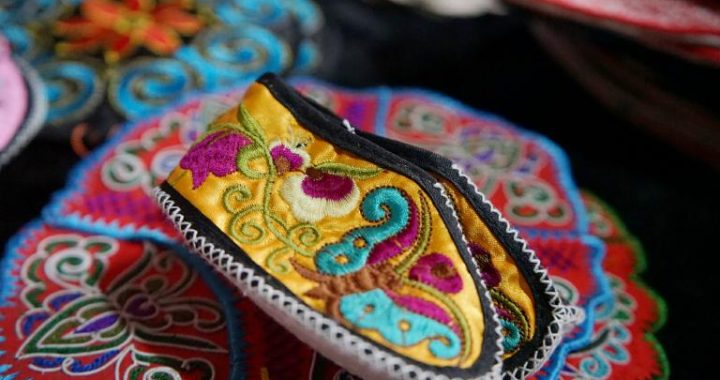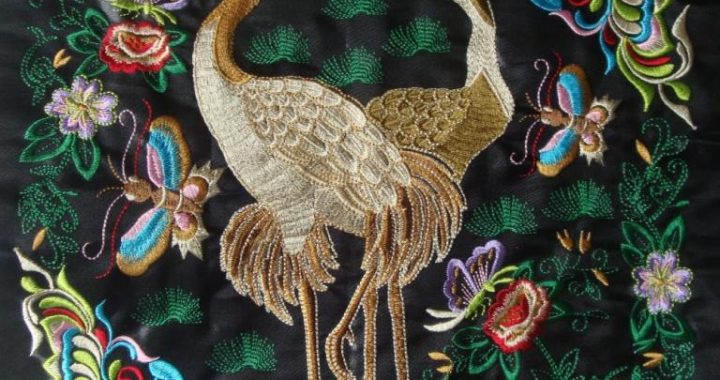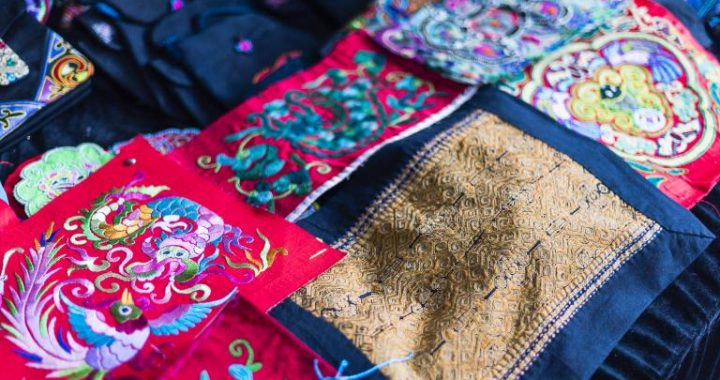Dress of the Wei and Jin Dynasties
4 min readThe period of the Wei,Jin and Southern&Northern dynasties(AD 220-581)can be divided into two phases,namely,the Wei and Jin dynasties and Southern&Northern dynasties.In the history of over 300 years,there were frequent fightings and endless conflicts in China,and the people suffered a great deal.Due to the frequent replacement of regimes and the increasing communications between different nationalities,Chinese traditional dress was much improved through integration and transformation.In the Wei and Jin dynasties the conflicts in the north were so intensified that a lot of northern people moved to the south.Consequently in the Yangtze River basin the economy and culture kept developing.Comparatively speaking,the situation in the south region was more stable.In this period,the three kingdoms Wei,Shu and Wu coexisted in China.The Wu and Shu played an important role in the economic and cultural development in the Yangtze River basin,and promoted the integration between the minorities and Han nationality.In the Southern andNorthern dynasties,with the exchange between northern and southern economy and culture,the dress styles of the northern minorities exerted certain influence on the southern people.The migration of people and relationship changes among different nationalities promoted the exchange of material culture and dress culture.
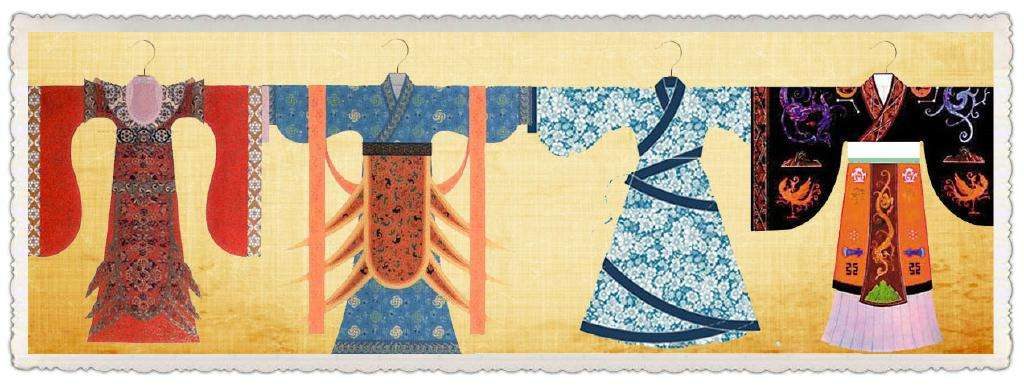
The progress may be divided into two phases:the Wei and Jin dynasties and Southern&Northern dynasties.As the two phases were greatly differentiated in the aspects of the political system,social development and economy,the dress features were also different.In the former period,the hierarchy was changed;while in the later period,the communication and integration between different peoples were strengthened.
To a certain extent,the dresses may represent a social custom.Both ideology and life convention may be shown through dress culture.The emergence of the Chinese metaphysics and the prevalence of the Taoism and Buddhism not only broke through the world of Confucianism,but also promoted the diversification of the dress cultures.
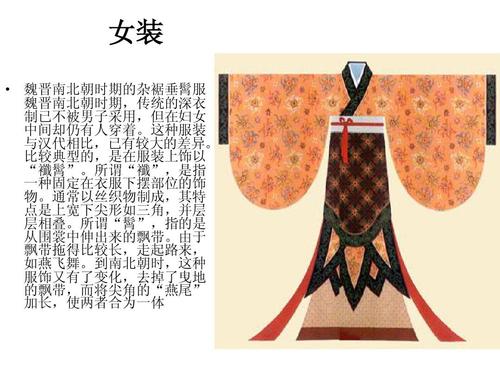
During the period,all the literati preferred to wear loose dresses.On one hand,the society had changed,and people no longer advocated the force but began to be indulged in comforts;on the other hand,the literati’s psychology was also changed,they neither cared about the national affairs nor attached importance to ritual.
Dress of the Wei and Jin Dynasties
By the end of the Han dynasty,the court was gradually driven into financialdeficit due to years of fighting.In this period,under the influences of thereligious concepts,Chinese metaphysics and cultural communication,the dress changed a lot.New dress styles were designed after absorbing the advantages of the dress in the Qin and Han dynasties.In this case,it was very difficult to maintain the strict crown clothing system of the Eastern and Western Han dynasties.The headgear of old times had been replaced by the scarf worn by literati,which included square scarf,water caltrop scarf,purple silk ribbon scarf,white silk ribbon.
By the end of the Eastern Han dynasty,the peasant uprising led by Zhang Jiao was called”Yellow Turban Uprising”because every uprising peasant wore a yellow turban.In the early Wei dynasty,the first Emperor Cao Pi established a nine-gradesystem.The different collocations of purple,red and green were taken as a norm to distinguish the nine-grade officials.The system had been carried through many dynasties since the Wei dynasty.Great changes didn’t take place until the Yuan and Ming dynasties.The dress of the Jin dynasty was characterized by headwear,namely hat, turban and so on. At that time, scarf was very popular. Officials wore a small crown, if a gauze hat was added on top, it would be called gauze cage cap.
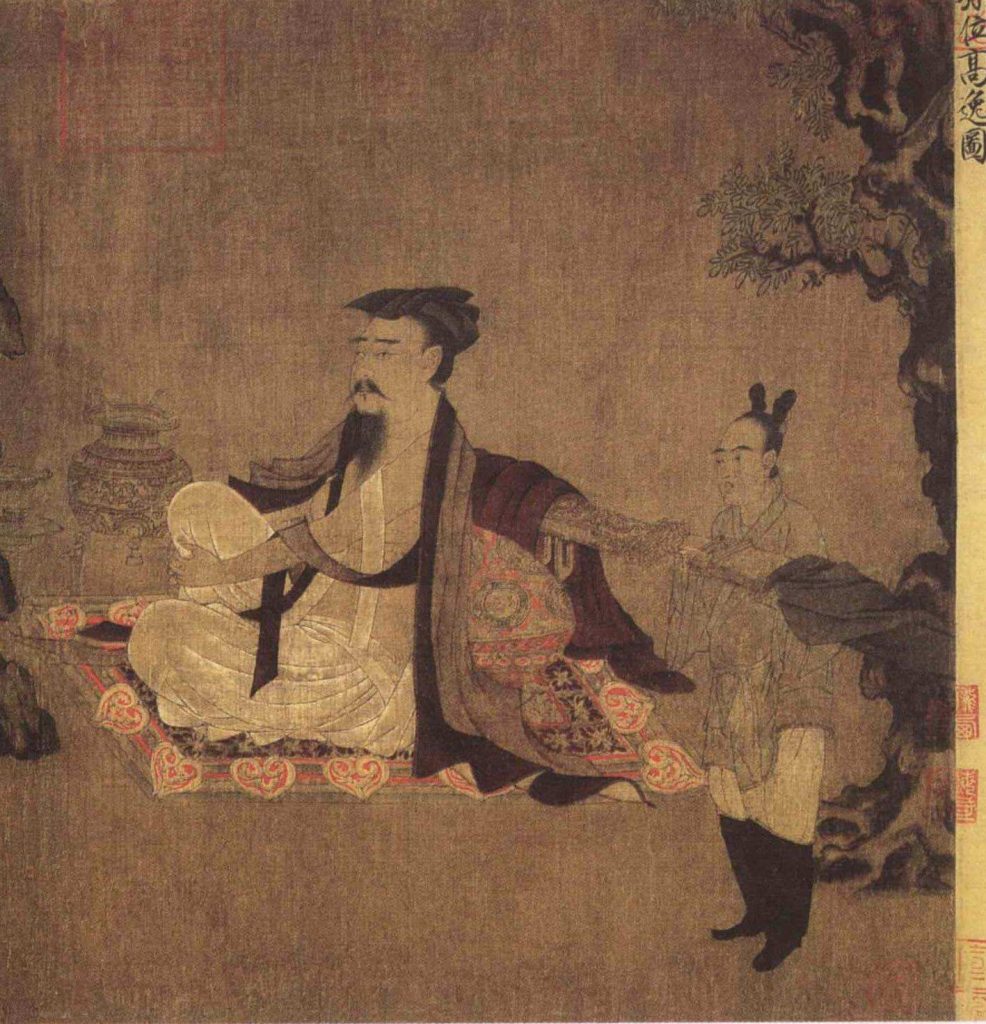
Originally, the cap was dress and personal adornment for soldiers in the Eastern and Western Han dynasties. Later, it gradually became popular among the commons. Withthe development of society, the dress could be worn not only by men, but also by Except for the traditional dress culture centers, such as Central Plains and Shandong area, textile industry developed rapidly in Sichuan, southern Yangtze Rive basin, and other areas in this period. The textile products of silk, hemp and woolwere more abundant than that in the Han dynasty. Xinjiang, the southern China and other regions had been abundant in cotton. The cotton textiles in these areas were continuously transported to cities across Central Plains. The product of cotton textiles was vividly called “white butterfly cloth”, and was regarded as valuable dress materials.
